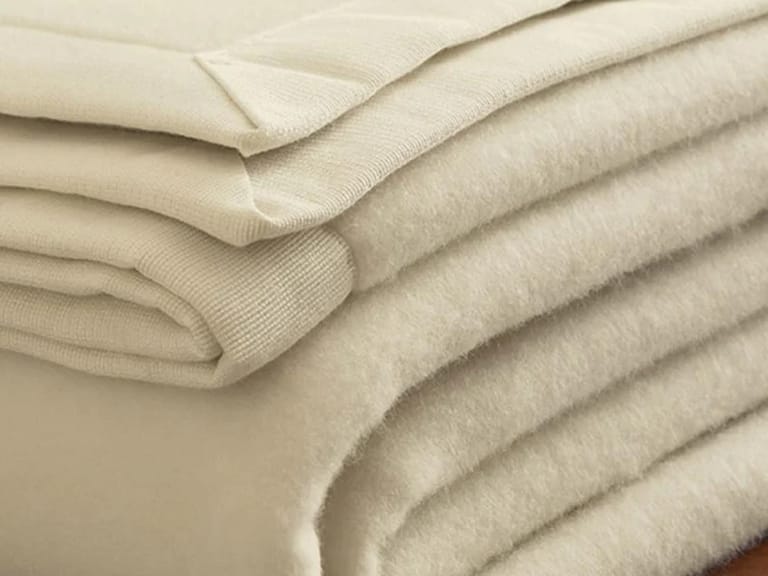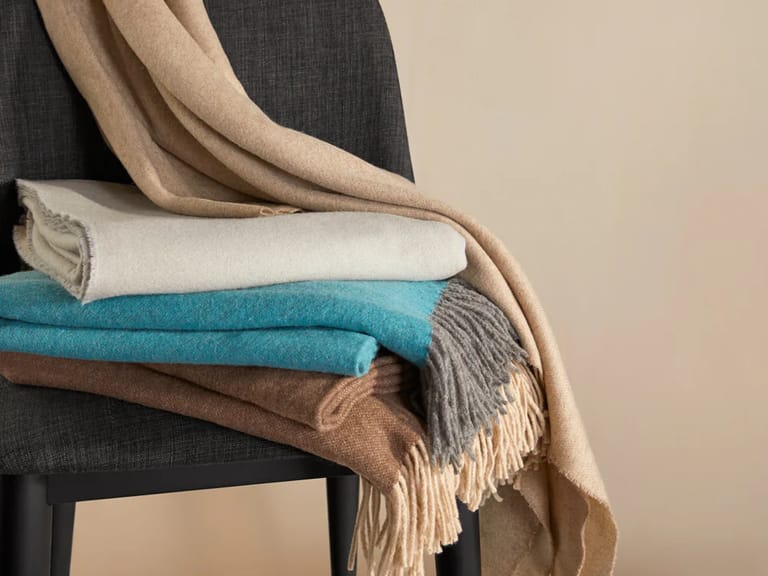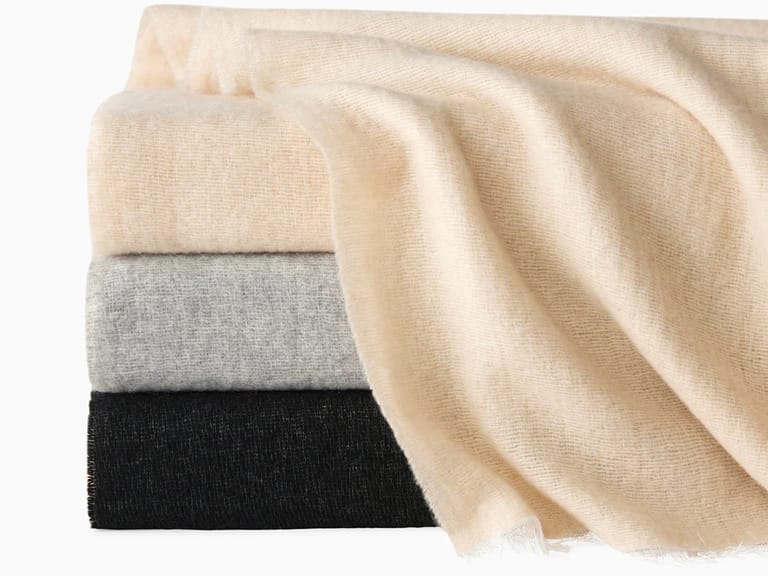The Allure of Cashmere: Exploring the Domain of QueenofCashmere.com
In the world of textiles, few fabrics evoke luxury and sophistication quite like cashmere. The domain name queenofcashmere.com serves as a portal into this opulent realm, offering insights into the history, craftsmanship, and lifestyle surrounding this exquisite material. This article explores the multifaceted meanings of cashmere, traces its historical significance, and presents a curated selection of products that embody its luxurious nature.
1. Unpacking the Meaning Behind "Queen of Cashmere"
The phrase "Queen of Cashmere" conjures an image of elegance and expertise, positioning cashmere not merely as a fabric, but as a symbol of a refined lifestyle. Linguistically, it suggests a figure of authority, perhaps someone who reigns over the domain of luxury textiles.
Historically, cashmere has been associated with royalty and high fashion, having its roots in the ancient Kashmir region. The fabric has been revered for centuries, celebrated not only for its unparalleled softness but also for the meticulous craftsmanship that goes into producing it.
Industry relevance is particularly significant as cashmere is intertwined with the fashion world, presenting opportunities for educational resources, lifestyle blogs, and community forums dedicated to enthusiasts and consumers alike.
2. Historical Figures and Their Connection to Cashmere
Throughout history, several notable figures have played pivotal roles in popularizing cashmere, each contributing to its status as a luxury item.
- Queen Victoria (1819-1901): A significant proponent of cashmere shawls, Queen Victoria's love for the fabric helped establish its popularity in Victorian England. Her influence led to a surge in demand for cashmere, making it a staple among the upper classes.
- Gabrielle "Coco" Chanel (1883-1971): The iconic fashion designer revolutionized women's fashion by incorporating cashmere into her collections. Chanel's use of the fabric in her designs not only elevated cashmere's status but also made it synonymous with modern elegance.
- John Galliano (1960-present): As a contemporary designer, Galliano has embraced cashmere in his collections, showcasing the fabric's versatility and luxurious appeal. His theatrical presentations have further solidified cashmere as a desired material in the modern fashion landscape.
3. The Cashmere Education Hub: A Recommended Direction
Considering the potential directions for queenofcashmere.com, the establishment of a Cashmere Education Hub emerges as the most compelling option. This platform could serve as an authoritative source of information on cashmere, addressing its history, production processes, and care tips.
By providing valuable insights, the hub can attract both enthusiasts and consumers seeking reliable information about cashmere, thereby establishing itself as a go-to resource in the niche. The content could include:
- Informative articles detailing the history and origins of cashmere.
- Guides on how to select high-quality cashmere products.
- Care tips to maintain the luxurious feel and longevity of cashmere items.
- Interviews with industry experts discussing trends and innovations in cashmere production.
4. A Selection of Luxurious Cashmere Products
To illustrate the elegance that cashmere embodies, we present a selection of exquisite products that can be featured on queenofcashmere.com. Among these, the Sferra Savoy Cashmere Blanket stands out as a true testament to luxury.
Sferra Savoy Cashmere Blanket
Indulge in unparalleled luxury with the Sferra Savoy Cashmere Blanket. Crafted from 100% cashmere, this blanket is a statement of sophistication and refinement. Its lush 2-ply construction elevates your comfort, making it the epitome of extravagance.
Care Instructions: Dry Clean Only
Dimensions: Full/Queen Blanket 100 x 94", King Blanket 120 x 94"
Origin: Lithuania
View Product
Another product to consider is the Sferra Renna Cashmere Throw Blanket, a masterpiece designed to elevate your relaxing moments. This throw blanket, made from 100% cashmere, offers an indulgent experience, whether you are curling up on the couch with a book or enjoying an evening by the fireplace.
Sferra Renna Cashmere Throw Blanket
Wrap yourself in the luxurious comfort of the Sferra Renna Cashmere throw blanket. With its distinguished double-faced design and range of colors, it adds a touch of refinement to any room.
Care Instructions: Dry Clean Only
Dimensions: 50" x 70"
Origin: Lithuania
View Product
5. Conclusion: Embracing the Luxury of Cashmere
In conclusion, queenofcashmere.com has the potential to become a premier destination for cashmere enthusiasts, leveraging the rich history and luxurious appeal of this exquisite fabric. By focusing on education, lifestyle, and community-building, the website can serve as a valuable resource for consumers and fashion aficionados alike.
As we delve deeper into the world of cashmere, we not only appreciate its beauty and comfort but also the stories and craftsmanship behind it. Whether through articles, product showcases, or community discussions, the domain name queenofcashmere.com embodies a regal invitation to explore the luxurious realm of cashmere.

